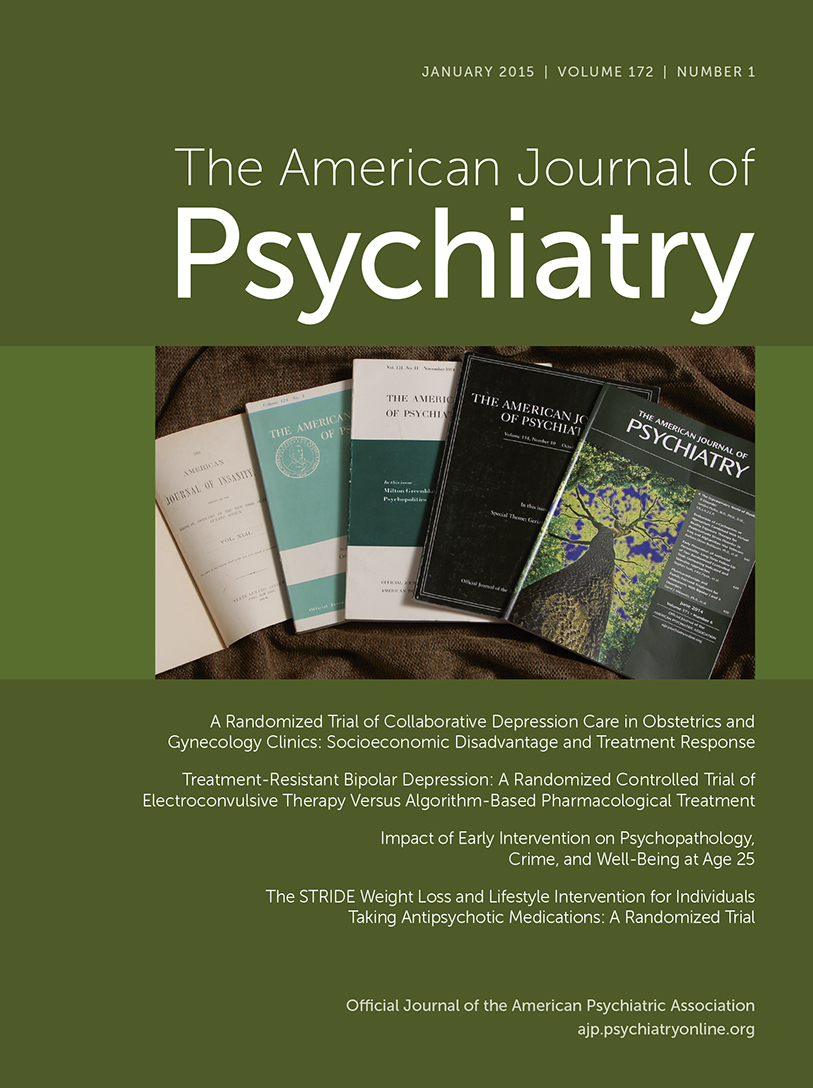Realities After Suicide Can Be a Deterrent
To the Editor: I read with interest the personal perspective on suicide in the introspection titled “Purple and Turquoise Ribbons,” by Jennifer Bremer, M.D., published in the September 2014 issue of the Journal (1). As Bremer poignantly demonstrates, well-intentioned efforts to sanitize self-destructive acts mask the terrible emotional impact that these acts have on family, friends, and even bystanders who witness or discover a suicide. She implies that the emotional aftermath of suicide might be used to discourage suicidal patients.
Before my retirement, I was in the habit of asking patients with suicidal thoughts to imagine events in the postsuicide period. I did this so they could better understand the far-reaching consequences of their action. Some questions I proposed were: How long do you think it will be before your body is found? Who finds your body? What will your body look like? What is the reaction of the person who finds your body? What happens to your body after it’s found? Will there be an autopsy? Who will notify your loved ones? What will be their reactions? Where will your funeral be held? Who will attend your funeral? What will be their reactions? Will a religious service be held? What will be said? Where will you be buried or cremated? Who will make these arrangements? What will happen to your clothes and other possessions?
When making a decision to act, understanding all the consequences of the action is crucial. When deciding to take one’s life, many don’t think much beyond the suicide itself. I found that exploring the realities after suicide can be a deterrent for patients who have the capacity to think rationally.
1 : Purple and turquoise ribbons. Am J Psychiatry 2014; 171:916–917Link, Google Scholar



